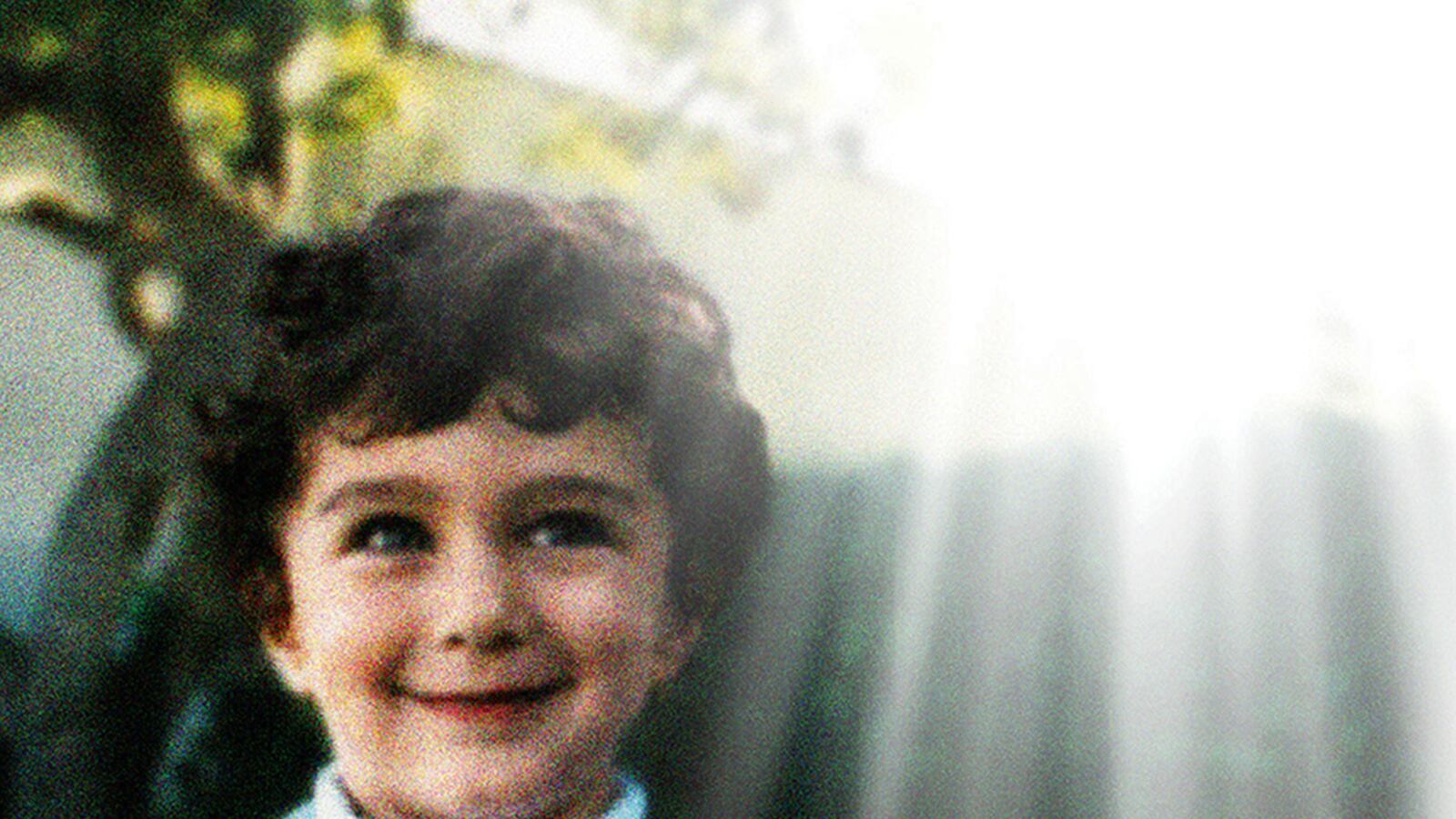Every now and then, I have a conversation with someone who wants to talk about something painful, but can’t quite go there. They land on the subject and then at once zip away like an unsettled house fly.
“So, you were going to tell me about your divorce.”
“WAIT! Did I ever say about that time I went to the Rangers game and got a puck straight to the chest? BAM. I still have the dent, I swear.”
What?
If you have never had this kind of conversation, you can experience it by reading William Peter Blatty’s somewhat bemusing memoir, Finding Peter.
Here we have the storied screenwriter and author of The Exorcist so haunted, on so many levels, by the loss of one of his seven children that he tells you about virtually everything else that has ever happened to him in his life, in boisterous, anecdotal style, before settling on the heartbreaking subject of his title about two-thirds of the way in.
Blatty writes, for example, on page 112: “Considering what very few additional incidents best reveal precisely what sort of person I actually am, and this gets us so much closer to discussing my son Peter and life after death, there does swim numbingly to mind, and with dizzying speed, my meeting in the squeeze of August heat with the legendary Russian ballet dancer Rudolph Nureyev, in an airport lounge in St. Louis, Missouri, with the aim of persuading him to co-star with the Smothers Brothers in a movie I had written.”
What?
Blatty unfurls this anecdote before segueing into a story about having lunch with Tippi Hedren and Gloria Steinem, which he follows immediately with a yarn about how he and director Bill Friedkin pranked the actress Ellen Burstyn on the set of The Exorcist by having Groucho Marx appear as a surprise substitute for Max Von Sydow during filming.
So. Somewhere in there, he is explaining, I think, that providence led him to become a successful novelist and screenwriter because that would enable him to be a credible narrator of experiences concerning After Death Communications, which he began receiving shortly after his beloved son Peter died of a viral heart infection in 2006.
Blatty, who is in his 80s now, may be unaware of the roughly 50 percent of bereaved Americans who are run through the “Holy fuck, am I nuts?” processor by postmortem coincidences. There are vivid, explicit dreams, uncanny appearances of objects or odors, stopped clocks, flickering lights, electronics that act weird. As Blatty writes, “imagine, if you will, someone manipulating a dimmer switch as very, very slowly, the globes go from total darkness to full illumination, then very, very slowly down to full darkness again. And this happened two more times.”
I don’t need to imagine it. I saw it when my sister died. Her niece, my daughter, was going to sleep at our cottage and I couldn’t turn out the light, because I was out by the lake’s edge stunned by grief; so the light dimmed and went out for Clara on its own. What’s extraordinary about these experiences is not that they occur, actually, but that we feel a blushing sense of shame when we discuss them.
“I assure you,” Blatty concludes, “that I haven’t made up a single word of this narrative, for if I had, as a writer of fiction, I could have made up far more dramatic incidents of Peter’s ‘messaging.’”

He doesn’t need to. We understand, even if there’s no consensus as to the meaning. Western secular culture is probably the last realm left on Earth where people feel both startled and embarrassed by the exquisite synchronicities that often surround death. Talking about them publicly is taboo. You’re less ridiculed for storing a gun in a bra holster, or cat hoarding.
It is as if people come out of the closet when they admit to their search for meaning.
Former L.A. Times executive and publisher of the Sacramento Bee, Janis Heaphy Durham, has likewise just “come out” in her memoir, The Hand on the Mirror. Durham takes a less convoluted approach to encounters with postmortem signage. She doesn’t have a reputation entangled with the uniquely evocative tenor of “Tubular Bells,” which is probably just as well. Mostly, she just goes “WTF?”
Durham’s husband died of cancer in 2004, and mysteries at once ensued, beginning with dancing wind chimes at the very still moment of his death. On the first anniversary, a powdery handprint appeared on her bathroom window. Dumbfounded, she photographed it, showed it to her housekeeper and son, and then, after a few days, washed it off with Windex. When she later offered her images to veterans of parapsychological research, they gently reprimanded her for failing to pursue trace analysis. You didn’t sample the powder?
But real life is not Ghost Hunters. In a way, Durham didn’t really believe what she saw. When the hand reappeared on the same mirror one year later, she washed it off again. (It was like the opposite approach to the believer who spies Jesus on her toast.) Perhaps because of her sense of denial, Durham writes, the strange events persisted, as if her husband was determined to get through. Heavy rugs began to creep across the floor; an inexplicable footprint appeared on a couch. Eventually, she retired from her job and began to investigate the possibility of a spiritual world. She didn’t even know what she meant by that.
Durham’s interview with California-based experimental physicist Paul Wendland yields what is probably the most important observation in her book, which is that our own consciousness may be producing kinetic effects. We already know that the mind, via meditation and placebo effect, can influence the body. We also know that an observer can materially alter the status of what is observed at the subatomic level. We just don’t know how.
“The understanding of the mechanism of consciousness interacting with the physical world,” Wendland told Durham, “will constitute the main line of scientific breakthrough in the next few hundred years.”
Will we discover that consciousness can transcend the body, or that it’s a fundamental property of the universe, like gravity, or that it can flow through and across space and time? Who knows? Scientists are beginning to advance these hypotheses. So we may. A number of academics are pondering the “hard problem” of consciousness now and turning up deeply surprising experimental results. A century from now, we may look back at the false categories we created for “hauntings” and “ghosts” and “demons” and “grief hallucinations,” the way psychiatrists now look back at the 19th-century taxonomy of “masturbatory insanity” and “moon madness.” Maybe the answers are, at once, subtler, more complex, and more meaningful than we currently suppose.






